16 Cool New Storage Products For Linux, Docker Environments

Modernizing Storage For Linux And Docker Environments
Managing storage is a key part of modern application development and deployment. Customers and channel partners looking at new ways to manage storage in Linux or Docker environments would have found a host of new solutions at the Red Hat Summit 2016 and the DockerCon 16 conference, which were held separately in June.
While a number of major IT vendors with a strong storage heritage like Dell, NetApp and VMware were at the events introducing new Linux and Docker solutions, the conferences also gave smaller vendors and startups the chance to show their capabilities in helping develop and deploy modern IT environments.
CRN has brought together news from 16 storage companies from the two conferences to provide solution providers with new ideas about how to take advantage of the growing markets for Linux and Docker technologies. Turn the page and get started.
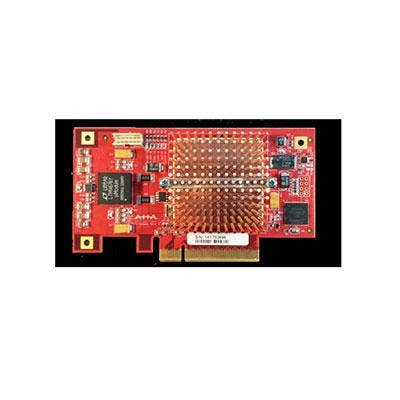
AHA, LINBIT Partner For High-Speed Disaster Recovery
AHA Products Group, the Moscow, Idaho-based developer of data compression technology, and Linbit, an Osterreich, Germany-based developer of open source high availability clustering and geo-clustering software, used Red Hat Summit 2016 to unveil a strategic partnership under which customers using AHA's data compression accelerators and Linbit’s DRBD Proxy software can replicate data live over long distances.
Rather than leverage backups or snapshots to do disaster recovery, Linbit's replication solution pushes data live over WAN environments as fast as the connection will allow. The DRBD software replicates data at the block level so users can replicate any file system, virtual machine or application that runs on Linux.
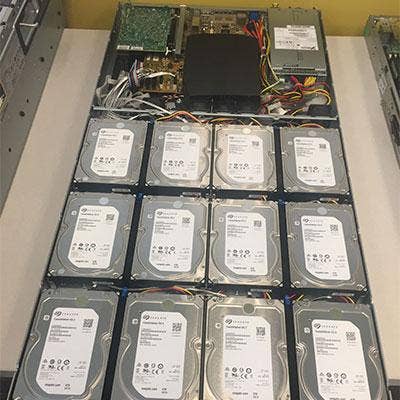
Applied Micro Circuits Intros Mudan Ceph Storage Reference Platform
Applied Micro Circuits, a Santa Clara, Calif.-based developer of computing and connectivity solutions, used the Red Hat Summit to introduce the availability of its Mudan Ceph storage reference platform. Mudan is built on 64-bit ARMv8-A technology with Applied Micro’s X-Gene Server on a Chip (SoC) solution. It is optimized for Ceph 10.2.1 (Jewel), and runs on RHELSA (Red Hat Enterprise Linux Server for ARM) 7.2.
The Mudan Ceph storage reference platform was designed with 14 storage disks in a 12+2 configuration with up to 128 GBs of total memory capacity in a 1U or 2U form factor. It features two 10-Gbit Ethernet ports and an IPMIv2.0-compliant management framework.
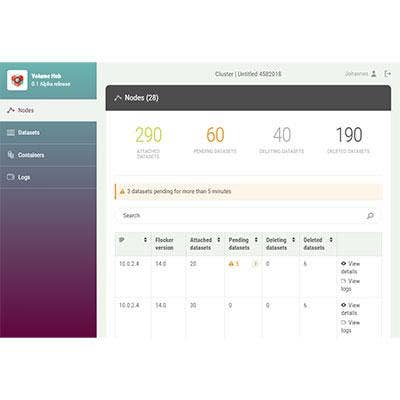
ClusterHQ Unveils Two High-Availability Database Reference Architectures
San Francisco-based ClusterHQ used DockerCon to unveil a couple of reference architectures for high-availability databases in partnership with Dell and Hedvig.
The reference architectures are aimed at providing the Docker community with best practices for deploying microservices architectures with Docker, Flocker and the customer's choice of storage backend. They include a detailed architectural overview, use cases, and configuration for a Docker environment that uses Docker Universal Control Plane, the Flocker Volume Manager, and either Hedvig Storage or Dell Storage SC Series, for running stateful applications, ClusterHQ said.
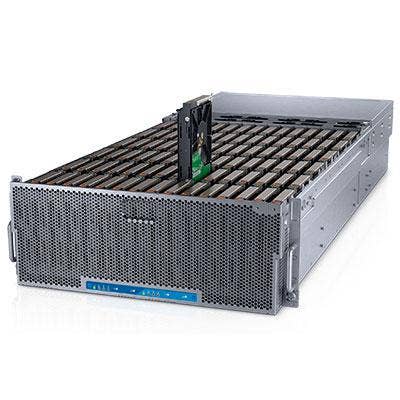
Dell: Object Storage And Ceph
Dell, Round Rock, Texas, introduced a version of its DSS 7000 object storage server for Red Hat's Ceph 2 open-source, software-defined storage platform at the Red Hat Summit. After Dell closes its planned acquisition, it plans to slot the new solution into its portfolio alongside EMC's ScaleIO, Isilon and Elastic Cloud Storage solutions.
The DSS 7000 is a high-capacity object storage server for Ceph environments. It is designed for scale-out cloud data centers, with up to 90 3.5-inch drives in one 4U chassis for a total capacity of up to 720 TBs.
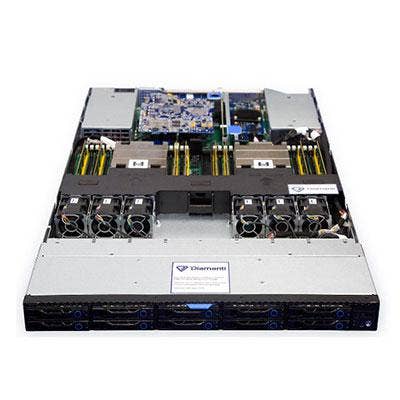
Diamanti: Networking And Storage Support For Red Hat OpenShift Container Platform
Diamanti, a San Jose, Calif.-based developer of turnkey networking and storage appliances for Linux containers, used Red Hat Summit to unveil support for Red Hat OpenShift Container Platform powered by Kubernetes orchestration and Docker-formatted Linux containers. The new solution targets developers looking to build modern, containerized applications ready for production environments and to deploy applications to perform at scale.
Diamanti's turnkey appliance works via the open-source Kubernetes project to integrate with the Red Hat developer workflow so that users can specify their container networks, define storage volumes and deploy applications throughout their life cycles.
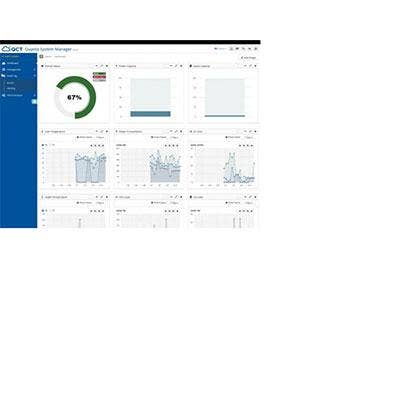
Hedvig Intros CloudScale Reference Architectures With Multiple Tech Partners
Hedvig, the Santa Clara, Calif.-based developer of a software-defined storage system the company said breaks the tie between storage software and hardware, used Dockercon to unveil reference architectures based on its CloudScale solution in partnership with Quanta Cloud Technology, ContainerX and ClusterHQ.
The new Hedvig CloudScale Reference Architectures include:
-- The Quanta CloudScale Reference Architecture for Docker Datacenter, which integrates Docker open source projects including Docker Swarm, Docker Engine, Docker Trusted Registry, and the Docker Universal Control Plane with the Hedvig Distributed Storage Platform software and QuantaGrid D51PH-1ULH hardware.
-- The ContainerX CloudScale Reference Architecture for Windows and VMware-based container environments combines ContainerX software-defined compute and networking with Hedvig software-defined storage in a single management interface.
-- The ClusterHQ CloudScale Reference Architecture for high-availability databases combines the Docker Datacenter software stack with Hedwig's Flocker volume plug-in for Docker and the ClusterHQ software.
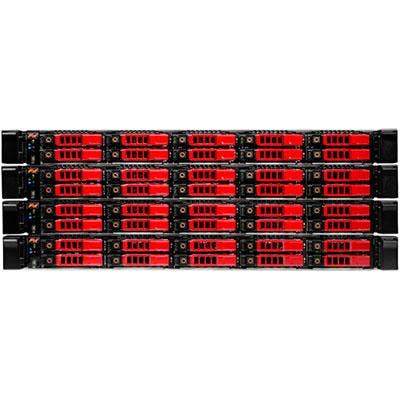
NetApp Intros Native Flash Storage Integration With Docker
Sunnyvale, Calif.-based NetApp said at DockerCon that it has integrated its entire flash storage portfolio, including its SolidFire SF series, All Flash FAS, and EF-Series, with the NetApp Docker Volume Plug-In (nDVP). The nDVP is a native Docker plug-in that allows containerized applications to maintain state by consuming persistent storage from NetApp, and provides a single plug-in and unified platform that lets Docker volumes work across all NetApp storage systems.
With the nDVP, customers can manage the full life cycle of Docker volumes on NetApp storage; run more than one copy of the nDVP simultaneously on any Docker host, each with a different configuration; and get multi-protocol storage for Docker environments across SAN and NAS deployments.
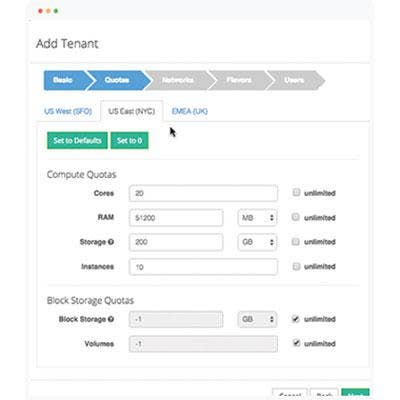
Platform9 Orchestrates Containerized Workloads
Sunnyvale, Calif.-based private cloud technology developer Platform9 used DockerCon to introduce support for Docker containers with Platform9 Managed Kubernetes. Platform9 Managed Kubernetes orchestrates containerized workloads while providing mission-critical features for deploying and managing Docker containers in production and at scale.
Platform9 Managed Kubernetes is delivered as a managed service to orchestrate containerized workloads on native bare metal servers with a full range of enterprise features including RBAC (role-based access control) support and multi-tenancy, SSO (single sign on) integration, isolated networking and image management, and persistent storage across all major enterprise storage solutions including NetApp, Pure Storage, EMC, Nimble Storage, Ceph, Gluster and others.
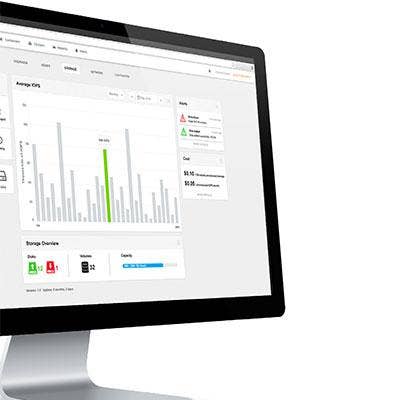
Portworx Intros Enterprise-Class Storage For Containers
Portworx, a Redwood City, Calif.-based developer of storage technologies for containers, used DockerCon to introduce PX-Enterprise, calling it the industry's first purpose-built, enterprise-class storage for containers.
Portworx PX-Enterprise solution is aimed at helping businesses deploy and manage container storage as quickly as developers can develop new applications. The company said the technology is already being used with applications including technical computing; Cassandra, PostgreSQL, Hadoop, and Spark databases; content management; and video processing. It offers customers scale-out block storage deployed as a container; container-granular controls for storage capacity, performance, and availability; container-granular snapshots; replication; and a RESTful API and a command-line interface. It is scheduled to ship in late July.
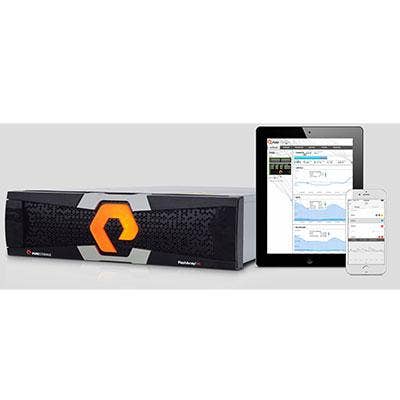
Pure Storage Adds Flocker Driver
Mountain View, Calif.-based all-flash array vendor Pure Storage unveiled a driver for its Pure Storage FlashArray//m solution to let it work with Flocker, the open source data volume manager for containerized applications. With a pluggable Flocker solution, developers using Pure Storage FlashArray//m as their storage backend can take advantage of persistent data management capabilities for any Dockerized apps running in their environments, the company said.
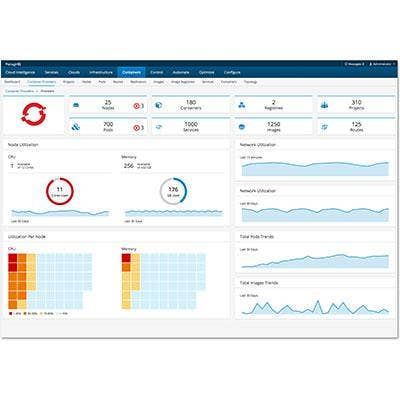
Red Hat Intros Container-Native Persistent Storage For Linux Containers
Red Hat used its annual Red Hat Summit to unveil new storage solutions to help developers better provision and manage enterprise-grade persistent storage for stateful applications running in Linux containers. The Raleigh, N.C.-based Linux developer said later this summer it will integrate container-native storage capability with its Red Hat OpenShift Container Platform, formerly known as OpenShift Enterprise, letting applications and storage be deployed in a converged manner, in which storage is served from containers.
Red Hat also introduced the latest version of its storage operating system, Red Hat Gluster Storage 3.1.3, which now allows developers to control both storage and application containers using a single control plane with Kubernetes in Red Hat OpenShift Container Platform.
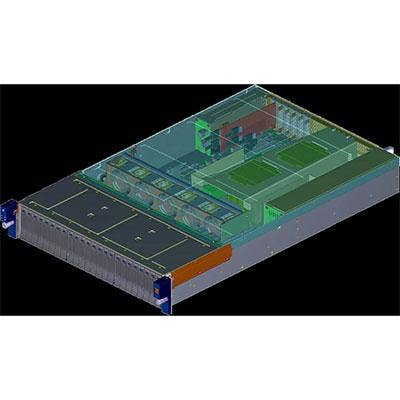
Samsung Intros NVMe Reference Design For Red Hat Ceph Storage
Korea-based Samsung Electronics said at Red Hat Summit 2016 that its NVMe SSD-based reference design will be used with Red Hat Ceph Storage in a new high-performance storage solution called the Red Hat Ceph/Samsung Reference Architecture. The solution can be used as-is or customized for specific data center environments. It can be deployed in OpenStack environments to support high-performance workloads and use cases including distributed MySQL databases, telco nDVR content retrieval and financial services, Samsung said.
The Samsung NVMe Reference system features up to 24 2.5-inch hot-pluggable NVMe SSDs. It is a dual-socket Xeon-based system with a 2U chassis and 40-Gbits-per-second networking connectivity. The Red Hat Ceph/Samsung Reference Architecture can deliver 690,000 IOPS and 30 GBs-per-second in a three-node cluster. Performance sales as additional nodes are added.
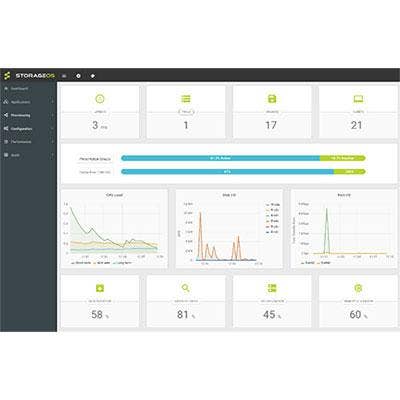
StorageOS Joins The Cloud Native Computing Foundation
StorageOS, a London-based developer of container-based storage software, said at DockerCon that it has joined the Cloud Native Computing Foundation, which is a Linux Foundation project and organization for advancing the development of cloud native applications and services.
StorageOS said its software-based storage solution improves application development and testing with automated management of persistent containerized storage while securely moving data between servers, virtual machines or clouds. The company is beta testing a StorageOS Kubernetes plug-in that will be open-sourced once ready.
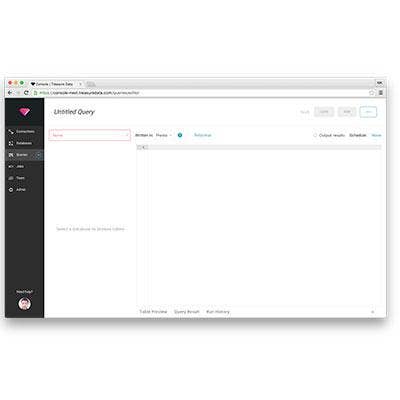
Treasure Data Joins The Cloud Native Computing Foundation
Another storage vendor, Mountain View, Calif.-based Treasure Data, has also joined the Cloud Native Computing Foundation. Treasure Data develops a cloud data management platform that lets customers unify, explore and automate the analytics that drive their business.
Treasure Data is the original creator and primary sponsor of Fluentd, the open source log collector.
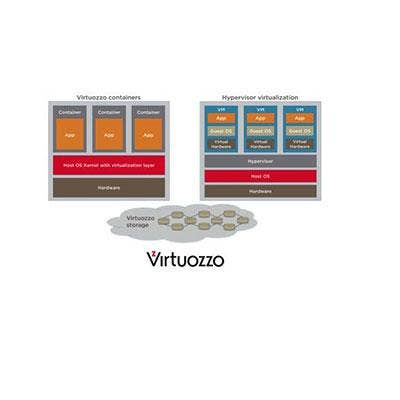
Virtuozzo Unveils Virtuozzo Storage For Docker
Virtuozzo Storage, which has been developing storage containers for Linux since 2001 and for Windows since 2004, used DockerCon to unveil the availability of Virtuozzo Storage for Docker. The Seattle-based company said Virtuozzo Storage for Docker offers Docker volumes integration as the default stateful data storage mechanism on servers used by Docker applications in multi-server environments.
Virtuozzo Storage for Docker driver is a software-defined storage solution that can leverage the same hardware used for Docker deployments. It scales to hundreds of nodes with petabytes of storage capacity, and features high-availability redundant data copies for fast restores, the ability to convert Docker Swarm nodes to software-defined storage nodes, and automatic load balancing and SSD caching for performance.
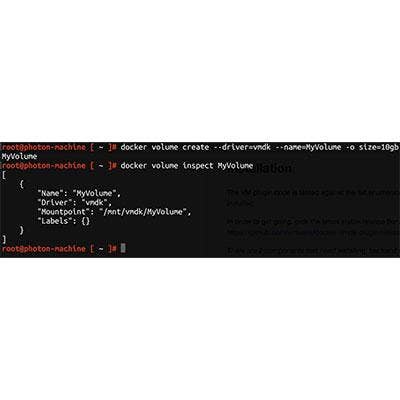
VMware Intros Docker Volume Driver
VMware introduced the beta of the Docker volume driver for vSphere and made available under open source via GitHub. The move follows last year's introduction of technology to use vSphere for deploying Docker Containers.
VMware said Docker is used by many VMware vSphere customers to package and deploy next-gen container-based applications. The company is aligning with Docker's support for container volumes to help customers leverage enterprise-ready vSphere Storage with Docker containers. The Docker Volume driver for vSphere enables vSphere users to create and manage container data volumes on VMware's vSphere Storage technologies including VSAN, VMFS and NFS, and makes standard vSphere capabilities such as high availability and Distributed Resource Scheduler available for use with containers.